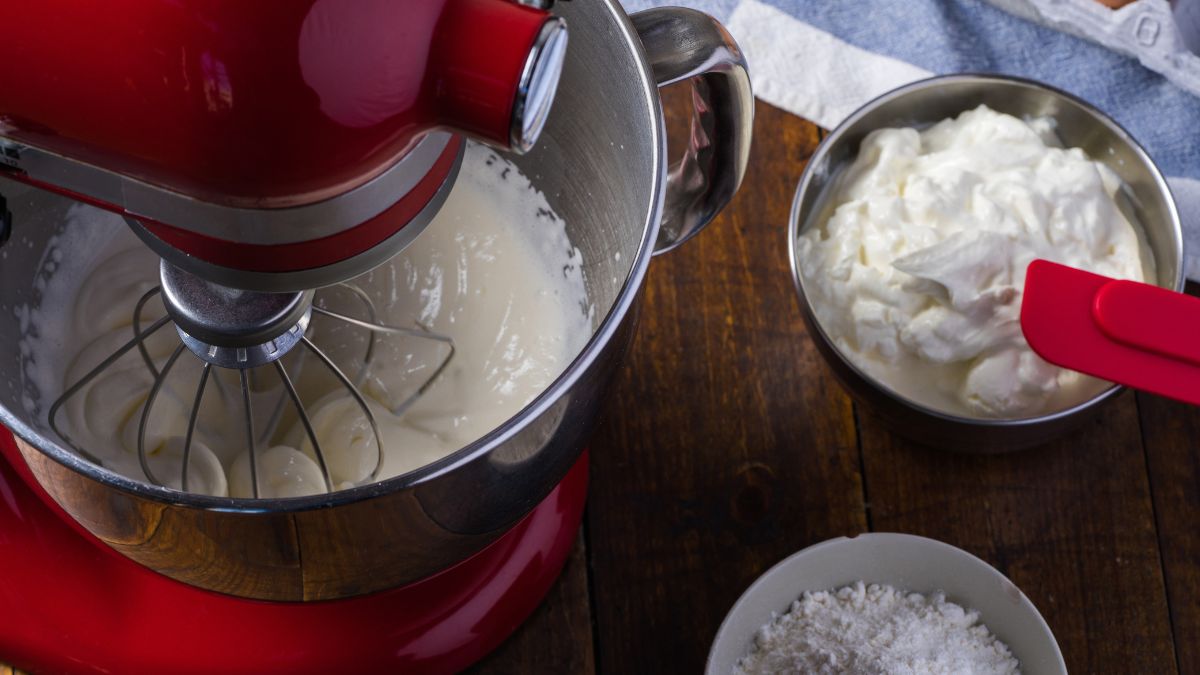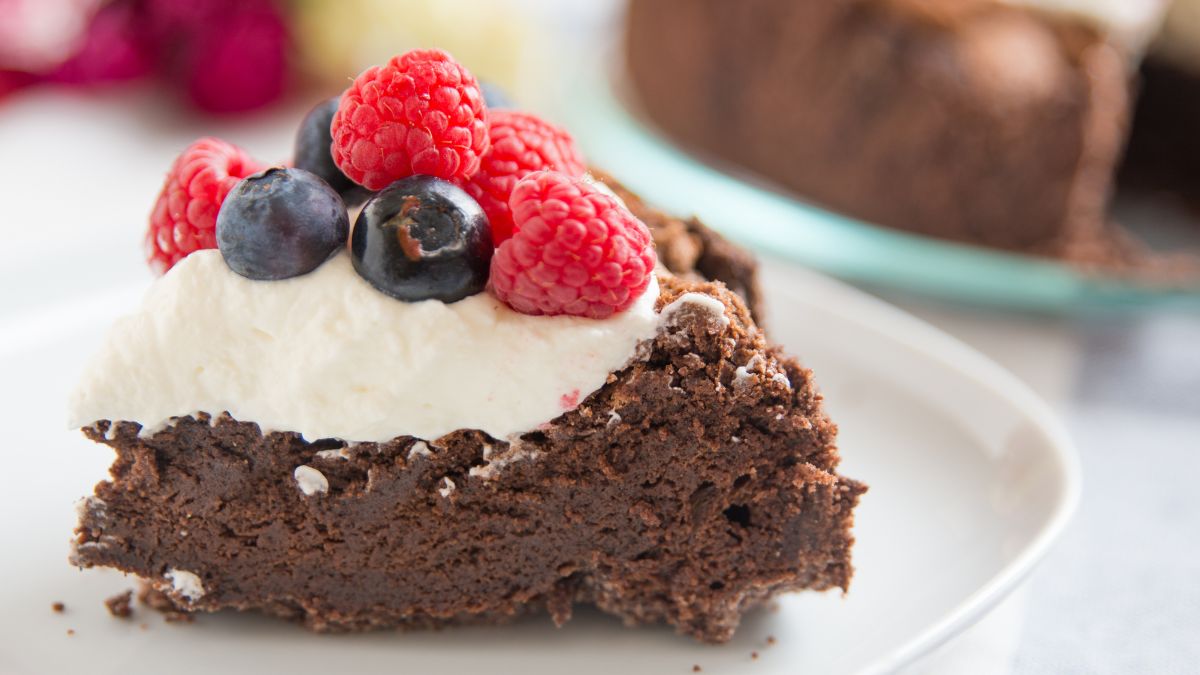Secret Uses of Cream in Baking & What You Need to Know

In my kitchen, cream is an essential ingredient when it comes to both cooking and baking. I add cream even in recipes that don’t call for it because I love it that much. Just a scoop of cream can make your dish much better; it is definitely worth knowing a thing or two. So, what are the uses of cream in baking?
You can use cream in baking desserts, custards, fillings, sauces, and toppings. Here you’ll find how to use different types of cream to achieve the desired effect whenever you need softness, whether in sweet or savory dishes.
Just like butter is the number one ingredient to make things juicier, cream is the number one ingredient to make things creamier. Using cream in baking has transformed my cooking, and I am eager to share my knowledge with you. So, in this article, I will let you in on some secrets about using cream in baking.
Types of Cream & Their Uses in Baking
Before I get into the practical part, it is important to tell you that there are different types of cream. You can’t use the same type of cream everywhere, and before you add it to your food, make sure that you are using the right kind. Below are the main types of cream and their uses in baking.
Heavy Cream
Heavy cream is an old classic in baking, so you are probably familiar with it. I use it for its rich and velvety texture, though it is generous in fat, so I don’t use it too often. Heavy cream is a versatile ingredient making your dishes so creamy they verge on decadent, and you will definitely want to incorporate it in your baking practice.
The best thing about heavy cream is that its use isn’t limited to desserts only, so you can still enjoy its decadence even if you are not a sweet tooth. You can use it to upgrade savory, meaty, and pasta dishes, giving them a layer of elegance other ingredients simply cannot deliver.
For desserts, you can use heavy cream to create silky and luxurious toppings or fillings for pies, tarts, and cheesecakes. It will make your cakes and cookies so moist and rich you definitely won’t be able to stop at only one.
In savory dishes, heavy cream adds depth and creaminess to casseroles or roasted veggies like potatoes or carrots, smothering them in a creamy and flavorful sauce. I love using it to enhance meat-based dishes, such as chicken or beef meals, making them creamy and adding contrast to textures.
Before popping your meal in the oven, just top it with heavy cream and your favorite spices, and let the cream do its magic. If you are a bit more experienced in the kitchen, use heavy cream to make delicious béchamel sauce to cook your favorite meal in.
Don’t limit yourself to what the recipe calls for, but go ahead and add some heavy cream wherever your gut tells you to.
Double Cream
Much like heavy cream, double cream is very versatile, and it can enhance both sweet and savory dishes when used in baking. Its high-fat content makes it perfect for a creamy and silky texture in various recipes.
I love double cream in savory dishes, and I add it even if the recipe doesn’t even mention it. Pasta dishes such as lasagnas, canelones, or even the good old mac and cheese are sheer perfection when enhanced with double cream.
It also fits perfectly with baked vegetables, potatoes, casseroles, and meaty meals. A creamy stroganoff sauce for beef or creamy chicken and mushroom pies are perfect ways to use double cream, as well as velvety sauces for baked chicken or pork dishes.
I particularly like using double cream for baking because of its ability to withstand high temperatures, so I don’t have to check the dish all the time. Quite handy, right?
Sour Cream
I use sour cream for its simplicity and lightness. It makes my dishes so refreshing, adding a nice sour and zesty twist. You can use sour cream in a wide variety of baked dishes, both sweet and savory.
Sour cream offers a unique tangy flavor and creamy texture, enhancing the moistness of the dishes, increasing their softness and chewiness. You can use sour cream in desserts, such as cakes, muffins, and quick bread, where its moisture and subtle tang would elevate the flavor.
You can also incorporate sour cream in casseroles, quiches, and savory pies, which not only adds creaminess but also enhances the surrounding flavors. It goes without saying that sour cream is also a great addition to baked pasta dishes, making them slightly saltier and much creamier.
It goes great with roasted or grilled meats without burdening the dish, but on the contrary, creating a light element, making the dish more palatable. Roasted veggies and sour cream are a match made in heaven, so don’t hesitate to top your veggies with a few scoops of sour cream and let them bake.
Clotted Cream

Clotted cream is something between butter and cream since it also coats the dish with an irresistible buttery richness. It is thicker than the creams above, which makes it perfect for baking. In desserts and pastries, you can even use it instead of butter.
You can use it for savory and sweet baked dishes, such as pie fillings, cakes, cookies, or pasta, but I especially like it when combined with meaty meals. I find that clotted cream combines particularly well with fatty meats, such as pork, for example.
Clotted cream provides a unique richness and silkiness; the other creams just don’t. Still, it is generously fatty, so using it too often may not be the best practice.
